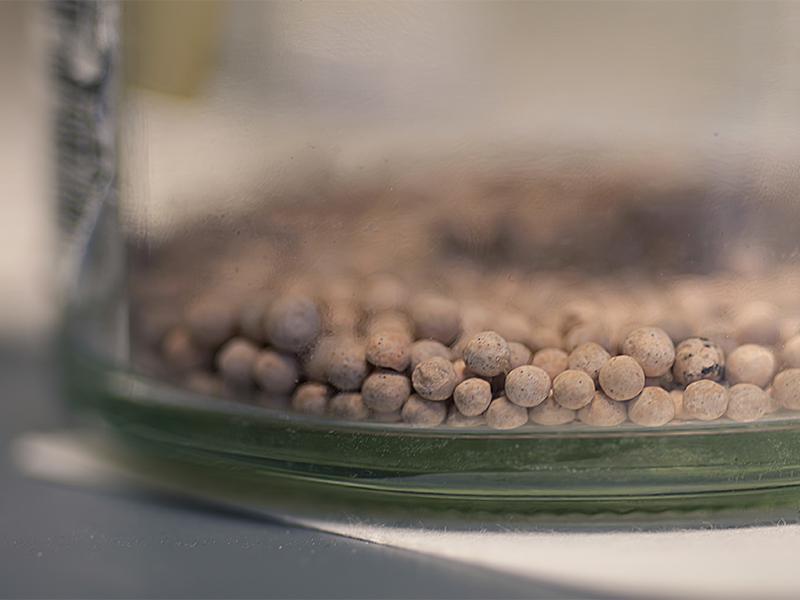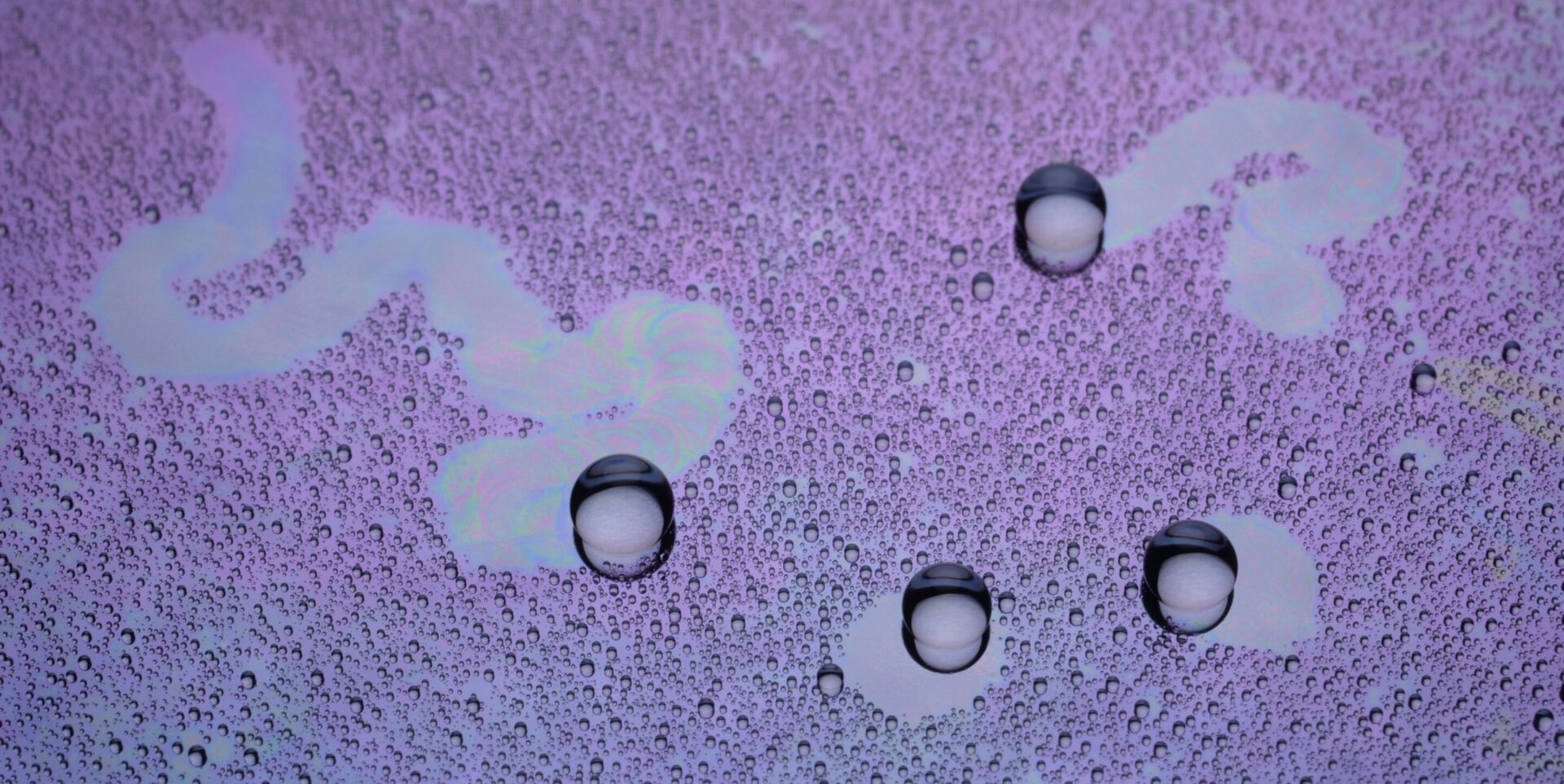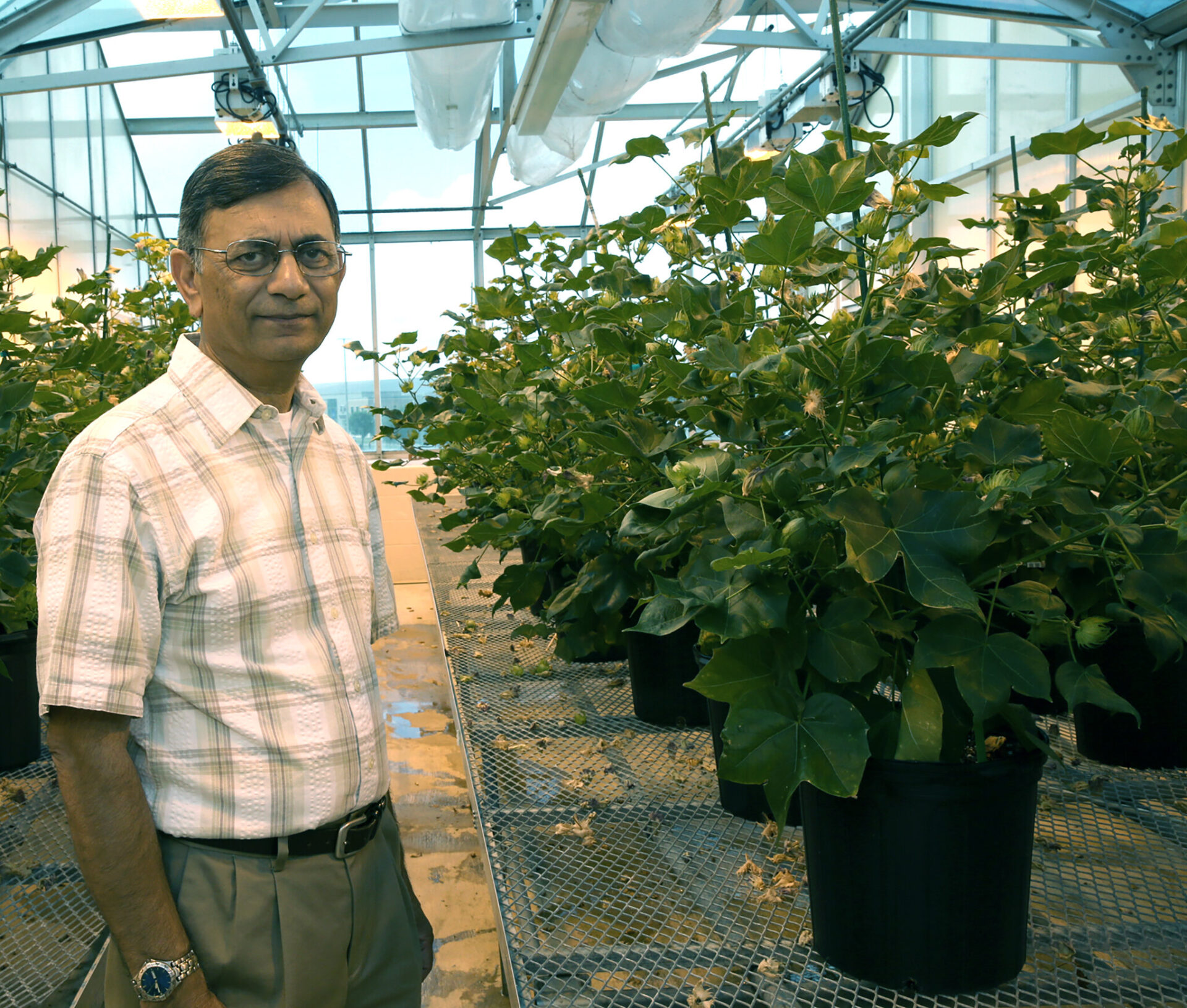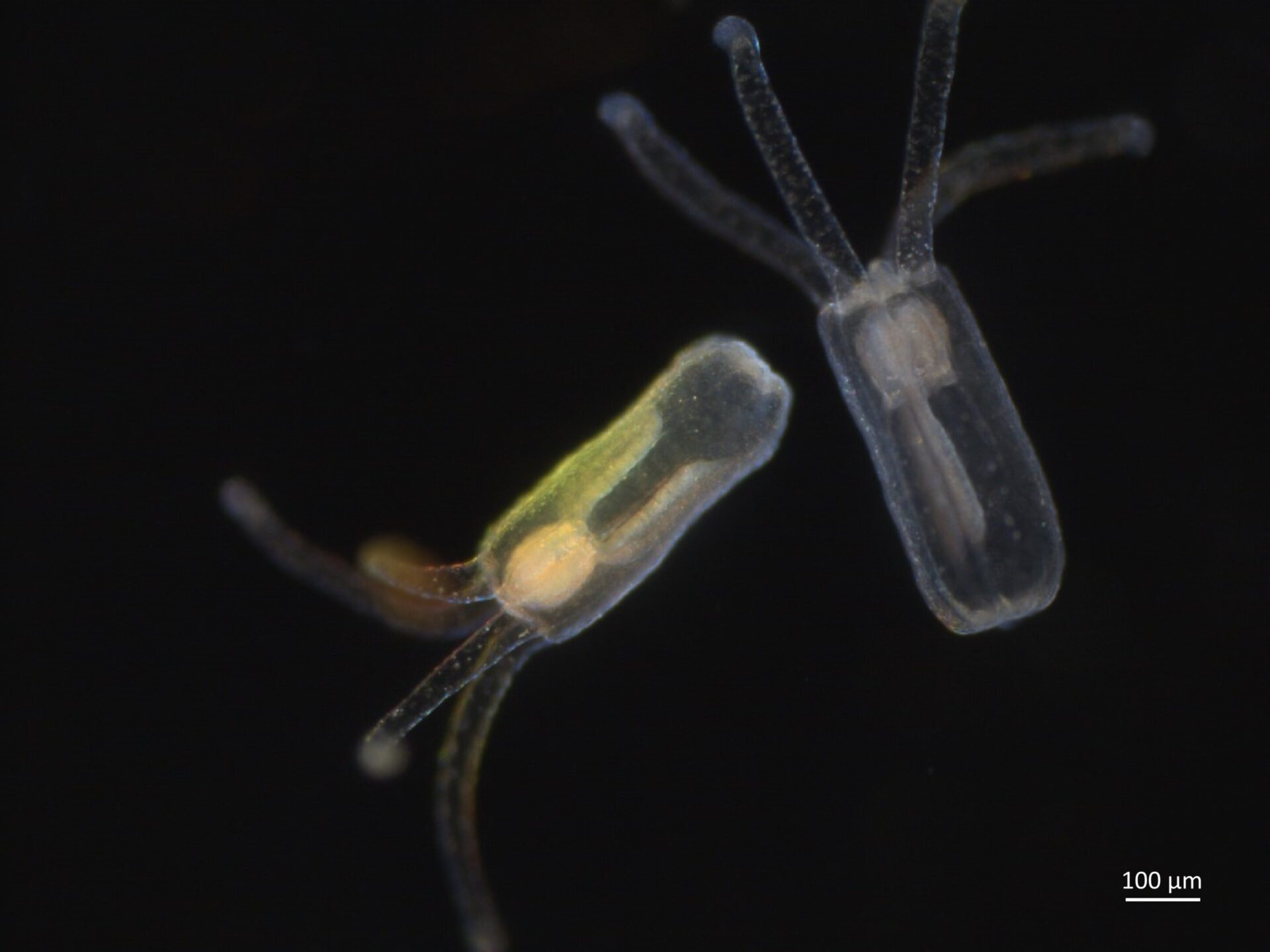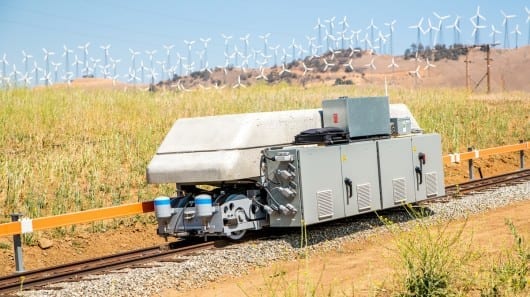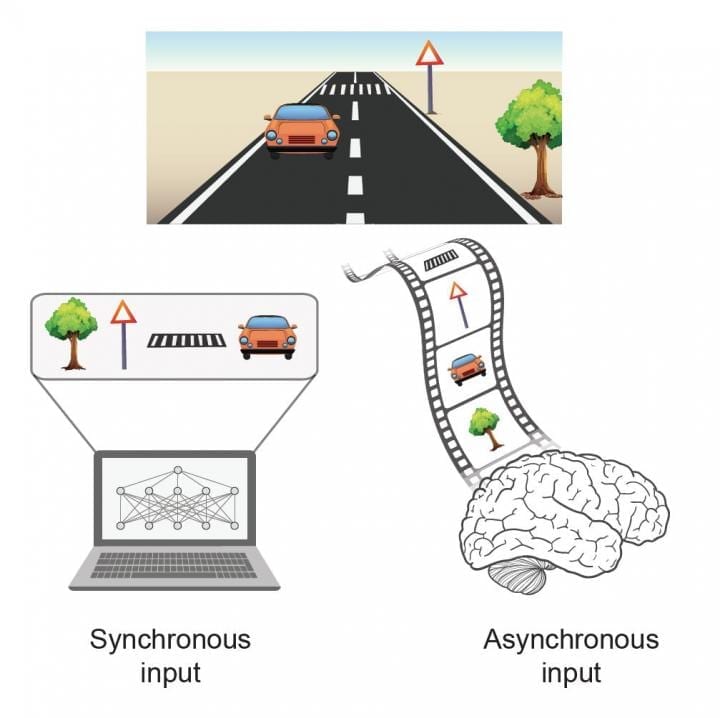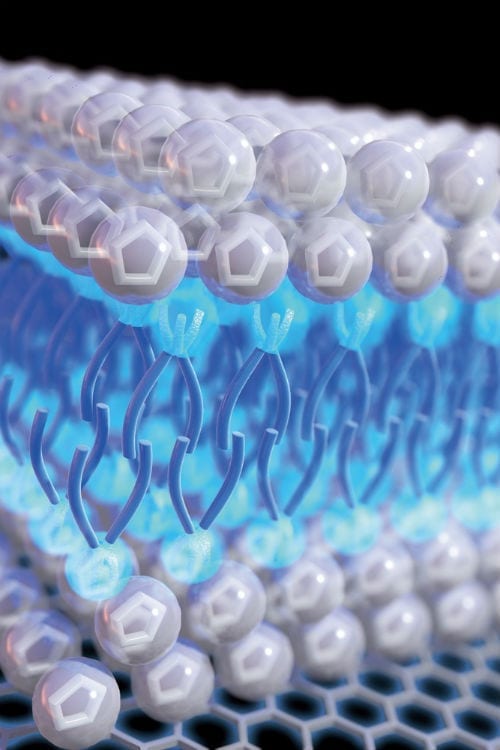
An international team of scientists, including a professor of chemistry from the University of Bristol, has worked out a way to improve energy storage devices called supercapacitors, by designing a new class of detergents chemically related to laxatives.
Their paper, published today in the journal Nature Materials, explains why these detergents, called ionic liquids, are better electrolytes than current materials and can improve supercapacitors.
Currently, aqueous and organic electrolytes are used, but more recently, researchers and manufacturers have been testing ionic liquids instead to boost performance.
Although ionic liquids are salts, at room temperature they are surprisingly not crystalline solids – as their name suggests they are in fact liquids.
This gives ionic liquids numerous advantages over conventional electrolytes because they are stable, non-flammable, and often much more environmentally friendly.
To explore the exciting potential offered by ionic liquids for emerging electrochemical technologies the authors designed a new set of highly efficient detergent-like ionic liquid electrolytes and explained how they work at electrode surfaces.
Understanding how they operate will help design even more efficient devices for storing electrical energy.
Professor Julian Eastoe, from the University of Bristol’s School of Chemistry, is a co-author of the study. He said: “To make this discovery required a team of scientists with a very diverse skill set, spanning chemical synthesis, advanced structural, microscopy and electrical techniques as well as computational methods.
“This work demonstrates the power of scientific research ‘without borders’, the groups from different nations contributed their own expertise to make ‘the whole greater than the sum of parts’.”
Co-author, Xianwen Mao, from the Massachusetts Institute of Technology (MIT), added: “We engineered a new class of ionic liquids that can store energy more efficiently.
“These detergent-like ionic liquids can self-assemble into sandwich-like bilayer structures on electrode surfaces. And that is very reason why they give better energy storage performance.”
Typically, for electrolytes in contact with a charged electrode, the distribution of ions is dominated by electrostatic Coulombic interactions.
However, this distribution can be controlled by making the ionic liquids soap-like, or amphiphilic, so that the molecules now have separate polar and non-polar domains, exactly like common detergents.
These soap-like electrolytes then spontaneously form bilayer structures on the electrode surfaces, leading to much improved energy storage capabilities. The researchers found that temperature and applied voltage also affect the energy storage performance.
This new class of electrolytes may be suitable for challenging operations, such as oil drilling and space exploration, but they may also pave the way to new and improved supercapacitors in hybrid cars.
These devices are essential components in modern hybrid cars and can outperform batteries in terms of higher power and better efficiency.
This is particularly the case during regenerative braking where mechanical work is turned into electrical energy, which can be stored quickly in supercapacitors ready to be released.
This reduces energy consumption and is much more environmentally friendly. More importantly, using the new electrolytes such as developed in this study, future supercapacitors may even be able to store more energy than batteries, potentially replacing batteries in applications such as electrical vehicles, personal electronics, and grid-level energy storage facilities.
Learn more: Supercapacitors turbocharged by laxatives
The Latest on: Supercapacitors
[google_news title=”” keyword=”supercapacitors” num_posts=”10″ blurb_length=”0″ show_thumb=”left”]
via Google News
The Latest on: Supercapacitors
- Scientists design super-battery made with cheap, readily affordable chemical element, Na — Salt-based cell has surprisingly good energy density and charges in secondson April 29, 2024 at 9:50 pm
R esearchers at the Korea Advanced Institute of Science and Technology (KAIST) have developed a high-performance, hybrid sodium-ion battery that charges rapidly and offers impressive energy density.
- AACC, NSF Announce 12 Student Teams to Advance to Community College Innovation Challenge Finalson April 29, 2024 at 12:00 pm
Today, the American Association of Community Colleges (AACC), in partnership with the National Science Foundation (NSF), announced that it has selected 12 finalist teams to advance to the final round ...
- Scientists Uncover Surprising Efficiency of “Messy” Supercapacitorson April 26, 2024 at 10:41 pm
The energy density of supercapacitors, devices similar to batteries that can recharge rapidly in just seconds or minutes, can be improved by increasing the ‘messiness’ of their internal structure. Res ...
- Scientists Develop Battery Capable of Rapid Charging in Just a Few Secondson April 26, 2024 at 2:35 pm
Sodium (Na), being more than 500 times as abundant as lithium (Li), has recently attracted considerable interest for its potential use in sodium-ion battery technologies. However, existing sodium-ion ...
- Stretchy power! Wearables get flexible energy storage in new breakthroughon April 25, 2024 at 5:53 am
Micro supercapacitors have emerged as a promising alternative providing higher power density, rapid charging capabilities, and long lifespan.
- Sodium-ion battery could charge in several secondson April 25, 2024 at 2:18 am
Researchers at the Korea Advanced Institute of Science and Technology (KAIST) have identified a high-energy, high-power hybrid sodium-ion battery capable of charging in just a few seconds. The system ...
- Structural disorder key to high-capacitance carbon electrodeson April 25, 2024 at 1:31 am
Structural disorder increases the capacitance of carbon supercapacitor electrodes, according to new findings from a team of UK-based researchers. The discovery could lead to the development of ...
- Lamborghini’s Urus SE plug-in hybrid tries to do it allon April 24, 2024 at 5:00 am
The Lamborghini Urus is the automaker's most popular model. A new plug-in hybrid is the most powerful version yet.
- Corporate Universe, Inc. Announces Exploration of Strategic Alternatives of Its Wholly Owned Subsidiary Carbon-ion, Energy, Inc.on April 22, 2024 at 3:59 am
NEW YORK, NY / ACCESSWIRE / April 22, 2024 / Corporate Universe (OTC Expert Market:COUV) Corporate Universe, Inc. (the "Company"), a holding company engaged in the energy sector where it is developing ...
- This electrode material allows 33x more energy storage in wearableson April 21, 2024 at 5:25 am
Fiber-like electrodes with exceptional strength, lightness, and flexibility, promises improved energy storage in wearable devices.
via Bing News

